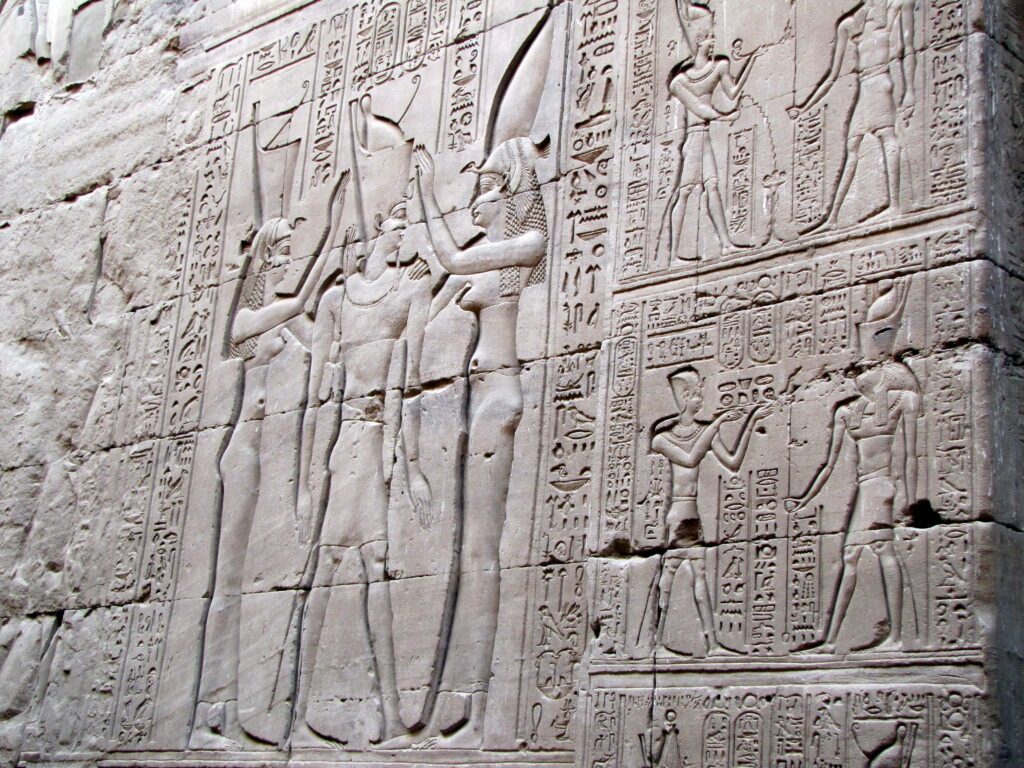Alongside leading international researchers from the fields of biblical studies, classics, Egyptology, Iranistics, Ethiopian studies, and Ancient History, DEMBIB PI Bernd Schipper and researcher Petra Schmidtkunz recently presented their research on Judean literature in Egyptian contexts at the conference “(Anti-)Apocalypticism throughout Antiquity,” organized by the University of Zurich and held at the Monte Verità Conference Centre in Ascona, Switzerland from July 16th to 19th. Focusing on apocalyptic thinking, . Our researches presented their state-of-the-art research w
Bernd Schipper’s paper, “Apocalypticism in Ancient Egypt? – The Case of Prophetic Literature from the Ptolemaic Period,” started with an analysis of an Aramaic prophetic text from 5th c. Egypt (pBritish Library CVI) and its place within the Egyptian tradition, called “The Demise of Righteousness” by scholars (after Bezalel Porten). This was followed by a discussion about the so called “apocalyptic” texts from Persian and Ptolemaic Egypt, such as Oracle of the Lamb, the Oracle of the Potter, and a prophetic text from Tebtunis recently edited by Joachim Quack. In the third and final part, he inquired about possible reasons behind the shift of paradigm in Egyptian prophetic literature – from ex eventu prophecies to predictions of a far distant future.

(photo: Petra Schmidtkunz)
Petra Schmidtkunz’s paper, entitled “‘When the snake does not bite’: How the notions of an ideal Urzeit and Endzeit belong together and what this tells us about apocalypticism,” contended that “apocalypticism” should be treated as a scribal technique, i.e., one specific way of dealing with literary traditions, rather than a “theme” or “worldview” in itself. She illustrated this by presenting four textual examples from the Hebrew Bible and Ancient Egypt: two from the book of Isaiah (11:6-9; 65:25), and two from Ptolemaic-period inscriptions at the Egyptian temples, Edfu (Chassinat, Edfou V, 85) and Karnak (Urk. VIII, 81).
These texts all depict a golden age completely different from the present, but related either to an ideal past, or to an ideal future. The ideal world is portrayed as a perfect harmony of humans and animals, and it is conditional upon the reigning of an ideal ruler: in Egypt, every new pharaoh guarantees that the order of the world is kept according to the ideals of the past golden age. In the biblical book of Isaiah, however, a golden age renaissance is only expected with the advent of a new divinely-sanctioned but non-royal king (Isa 11), or when YHWH takes up rule himself.
Petra argues that the existence of these similar scenarios in the two different cultures points to an essential dynamic underlying the literary history of ancient Egyptian and Israelite-Judaean cultures: the scribal invention of an ideal Urzeit and Endzeit, twin notions which presuppose a substantial amount of textual traditions and a clear sense of intellectual pre-eminence on the part of those keeping the traditions. However, an “apocalyptic” course of events, including revelation of a divine plan and cataclysmic changes in nature, is but one way of how these developments are imagined to come about. Petra thus suggests that historical thinking includes idealizing with regard to both future and past, with “apocalypticism” being only one form of mediating between the present and the idealized future.




